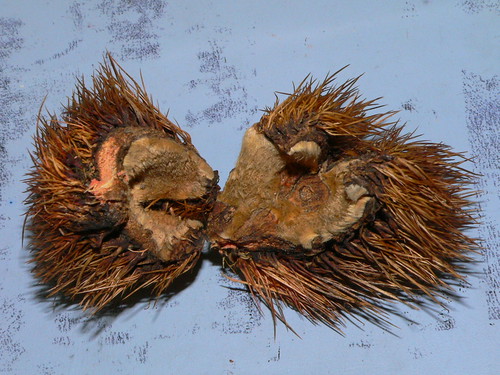Chip
Well-known member
anyone traveling out west this summer may want to check the status of the parks they're planning to stay at.
many are being closed due to beetle damaged trees.
many are being closed due to beetle damaged trees.

The "Balance of Nature" is not static--populations can vary constantly due to a variety of factors. Species are also created and die out.jniehof said:I have to wonder about the equilibrium of all this. The American Chestnut is gone. The elm is all but gone. Now the lodgepole pine is threatened.
Is it "typical," on the long scale, for tree species to rise and fall like this? Is it simply globalization bringing pests around in a way that didn't happen before (e.g. Dutch Elm Disease)? I'm sure someone here knows far more than I and can shed a little light.
jniehof said:I have to wonder about the equilibrium of all this. The American Chestnut is gone. The elm is all but gone. Now the lodgepole pine is threatened.
Is it "typical," on the long scale, for tree species to rise and fall like this? Is it simply globalization bringing pests around in a way that didn't happen before (e.g. Dutch Elm Disease)? I'm sure someone here knows far more than I and can shed a little light.
TMax said:When I was in Colorado last summer, there were entire sides of mountains where all the trees were dead. From a distance it looked cool with a very pretty shade of orangey-red but as you got closer you could tell it was just dead pine needles. These insects have caused a lot of damage out there!
jniehof said:I have to wonder about the equilibrium of all this. The American Chestnut is gone. The elm is all but gone.

Enter your email address to join: